Which aquarium plants produce the most oxygen? Aquarium plants play an important role in your tank, acting as a source of oxygen and helping to keep the water healthy.
They also provide cover for the fish, which makes it easier for them to hide from predators. There are many different types of aquarium plants that you can use in your aquarium.
Some are better than others. This guide will show you which ones are best at producing oxygen and how much they produce per hour!
Are you looking for aquarium plants that produce the most oxygen? It’s always a good idea to place aquarium plants that can produce the most oxygen in the tank because not all fish can survive without it.
By following a few simple steps, you can easily place your tank in perfect working order! Everyone is looking for ways to increase the overall health of their aquarium. Increasing oxygen levels is one way to do this.
In this article, we’ll look at several of the best aquarium plants for increasing oxygen in a freshwater fish tank, along with their pros and cons. We’ll finish off our discussion by giving some tips on how to choose healthier plants in general.
Which aquarium plants produce the most oxygen?
The more oxygen a plant produces, the more CO2 it removes from the water. For example, one study found that CO2 capture plants are able to remove up to 92 mg of CO2 per hour.
Fish and other aquatic life also use this oxygen for respiration. However, there is no way to measure how much oxygen your fish have been using, so you can’t really tell how much they need or where you should add additional plants.
Another thing to consider is that aquaponics systems are not closed systems. They are open to the environment and therefore subject to fluctuations in temperature, humidity, etc. This can cause problems with water quality in general and make it difficult for plants to thrive.
For example, if the water temperature rises above 85 degrees Fahrenheit (29 degrees Celsius), plants may begin to suffer from heat stress. This can cause leaves to droop, growth to slow down, and even death in extreme cases.
If the water temperature drops below 60 degrees Fahrenheit (15 degrees Celsius), fish may begin to suffer from cold stress. This can cause them to stop eating and eventually die if it’s severe enough.
The best way to avoid these problems is to keep the water temperature between 70 and 80 degrees Fahrenheit (21 and 27 degrees Celsius). This may require additional heating or cooling, depending on where you live.
Also useful articles: What Aquarium Fish Eat Snails?
List of the top 5 plants
- 1. Anacharis
- 2. Amazon Sword
- 3. Hornwort
- 4. Java Fern
- 5. Water Sprite
1. Anacharis
Anacharis is a great aquarium plant for several reasons. It grows quickly, so it can help keep your aquarium clean and oxygenated. It’s also an easy plant to grow and care for, making it an ideal choice for beginners.
This aquarium plant is easy to care for and will help keep your aquarium clean, so it’s a great choice for beginners. It grows quickly and can be easily propagated by stem cuttings.
making it an ideal choice if you want to grow a lot of plants in your tank. The Java fern is a great plant for aquariums because it’s easy to care for and grows quickly.
It’s also a good choice if you want to create a natural-looking aquarium or if you want to use the plants in your tank as an additional filter system.
Anacharis is a great plant for beginners because it’s very easy to care for. It will grow in almost any aquarium environment, and its leaves make it easy to identify in your aquarium.
The only problem with this plant is that it can be difficult to keep free of algae. It also needs good lighting, so you’ll need to invest in some strong lights if you want your Anacharis to thrive in the dark corners of your tank.
One thing that many people don’t realize about Anacharis is that it doesn’t actually generate O2 like other plants do. Instead, it absorbs CO2 from the water and releases oxygen during photosynthesis (just like other plants).
In fact, there are many different types of aquatic plants that absorb CO2 and release O2; they don’t all do it through photosynthesis! See more helpful guide.
Also useful articles: Can Flying Fish Survive In An Aquarium?
2. Amazon Sword
Amazon sword is one of the most popular aquarium plants. It’s a beautiful plant that grows large and fast, producing large leaves that are green with red edges.
The Amazon Sword can survive in low-light conditions, so it makes a good choice for those who don’t want to purchase expensive aquarium lights.
In addition to being an attractive plant, the Amazon sword produces lots of oxygen! You’ll be able to tell how much oxygen it’s producing by the bubbles that float up through its leaves.
In fact, studies show that this variety of aquarium plant can produce up to three times more oxygen than some other types of aquatic greenery, making it one of the best options for helping your fish stay healthy!
Amazon sword is a great plant for beginner aquarium owners. It’s easy to care for and is compatible with other types of aquatic greenery (such as water lettuce).
It’s also quite durable, so you won’t need to worry about it getting damaged by your fish or other pets in the tank. Here are some tips for keeping your Amazon sword healthy: – Don’t place your sword too close to the filter.
It will block the flow of water and can cause problems with your filtration system. – Don’t use tap water in your aquarium if you live in an area where fluoride is added.
This chemical can damage or kill aquatic plants. You’ll also want to remove any chlorine from the water before adding it to your tank, as this will help prevent algae growth.
Fertilize your tank once every two weeks with a liquid fertilizer that contains iron and nitrates. This will help keep the plant healthy and prevent algae from forming.
Also useful articles: Freshwater Puffer Fish
3. Hornwort
Hornwort is a floating plant that produces oxygen and removes toxins from the water. Hornwort is a good choice for new aquarium owners as it grows quickly in the right conditions and can handle low-light environments better than other plants.
Hornwort can grow up to 15 inches long, but it usually stays under 8 inches in length.
Hornwort is a very good choice for new aquariums, but it isn’t the best option for experienced aquarists. It grows quickly and does well in low-light environments, but it can be difficult to manage once it takes hold.
Hornwort will spread throughout your aquarium if you aren’t careful, so make sure that you have enough plants in place when you first introduce them.
Hornwort is a good choice for new aquarium owners as it grows quickly in the right conditions and can handle low-light environments better than other plants. Hornwort can grow up to 15 inches long, but it usually stays under 8 inches in length.
Hornwort is a very good choice for new aquariums, but it isn’t the best option for experienced aquarists. It grows quickly and does well in low-light environments, but it can be difficult to manage once it takes hold.
Also useful articles: Aquarium 200 Gallon
4. Java Fern
Java ferns are a type of aquatic plant that can be grown in aquariums. They are one of the most popular aquarium plants, and they are easy to grow and care for.
Java ferns are also known as water clover, and they are very versatile. They can be used in both freshwater and saltwater tanks, although they do prefer filtered or distilled water over tap water.
In an unheated tank with cool temperatures (60–65 degrees Fahrenheit), Java ferns will grow slower than other types of plants because these conditions mimic their natural habitat.
At higher elevations, they would experience cooler temperatures all year long. However, this is not always necessary if you want your aquarium plants to grow faster than usual.
Although they are not as common as some other aquarium plants, Java ferns are one of the best aquatic plants to use in your tank.
They can be attached to driftwood or rocks using fishing line or thread, and they do not need much light. Java ferns are very hardy plants.
They are easy to care for and can survive in a wide variety of water temperatures, from cool to warm. They also do not require much light, although the more light they get, the faster they will grow.
Java ferns can be attached to driftwood or rocks using fishing line or thread, and they do not need much light. Java ferns are very hardy plants.
They also do not require much light, although the more light they get, the faster they will grow. Java ferns can be attached to driftwood or rocks using fishing line or thread, and they do not need much light.
Java ferns are very hardy plants. They are easy to care for and can survive in a wide variety of water temperatures, from cool to warm.
Also useful articles: 15 Gallon Aquarium
5. Water Sprite
Water Sprite is a great choice for a low-light aquarium. It is easy to grow and does not require much attention. A water sprite can grow to be up to 3 feet tall.
So it should not be placed in an aquarium that is too small. At least 2 inches of water should be available for the plant to thrive.
It will grow in almost any type of water, but it prefers hard water with a pH between 7.0 and 7.5. Water sprite is an easy plant to care for and does not require much attention.
As its name suggests, a water sprite is a type of fern. It’s actually not even a true fern, but rather a family of ferns called “water ferns.”
These plants are native to tropical regions like Asia and Africa and grow in or near bodies of water, where they get their nutrients from the air and soil. They don’t need soil to grow, though, so they can be kept in an aquarium without any problems at all.
Most people consider them to be good aquarium plants because they provide cover for fish and other animals, as well as oxygen for your tank’s inhabitants.
Conclusion
Aquarium plants are a great way to add color and life to your tank, but they can also be a useful tool for helping you keep your fish healthy and happy.
Many of these plants are easy to care for and will provide oxygen-rich air while they do it! if you’re looking into buying some new aquarium plants.
Consider trying one of these five options that produce the most oxygen—they’ll help your fish breathe easier while also adding beauty to your home or office space.
If you are an aquatic plant or aquarium enthusiast, then you likely understand that aquarium plants can do much more than just make your tank look prettier.
They enhance the environment and aid in the long-term success of your aquarium.
With so many different types of aquarium plants available to choose from, many hobbyists find themselves asking which is the most oxygen-producing.
In this article, we will take a close look at the top 10 aquarium plants that produce the most oxygen for your tank.
Also useful articles: Aquarium Undergravel Filter
Other related articles
- Aquatic Plants Underwater: The Wonders of Aquatic Plants
- Aquatic Plants Examples: Exploring the Diversity of Aquatic Plants
- Aquatic Plants Aquarium: The Best Aquatic Plants for Your Aquarium
- The Top 5 Most Stunning Aquarium Fish You Need in Your Tank
- Freshwater Aquarium Setup Ideas for Stunning Fish Tanks
- How to Make your own aquarium with true passion

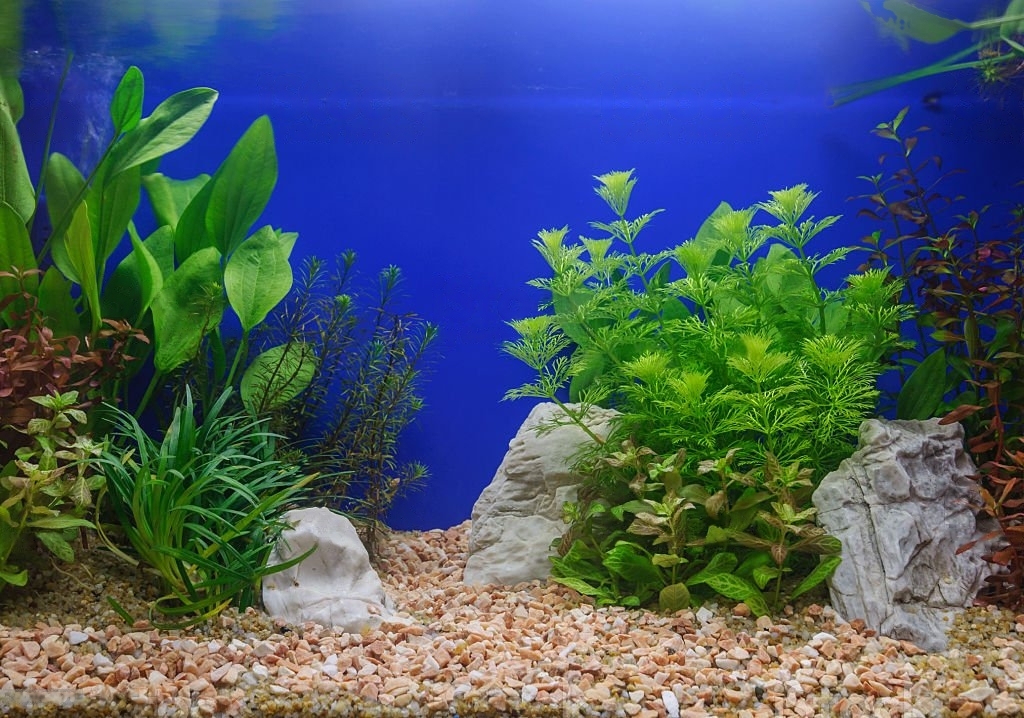
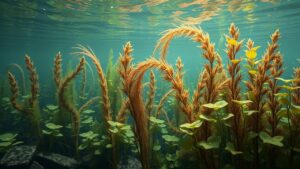
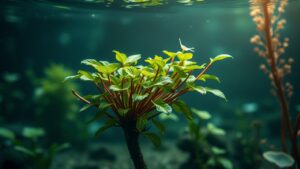
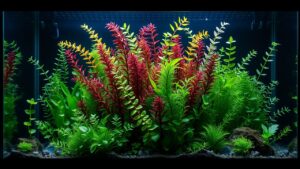
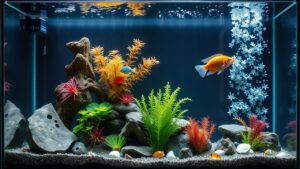

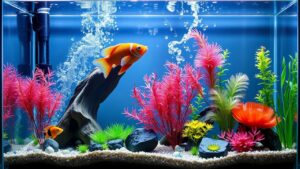

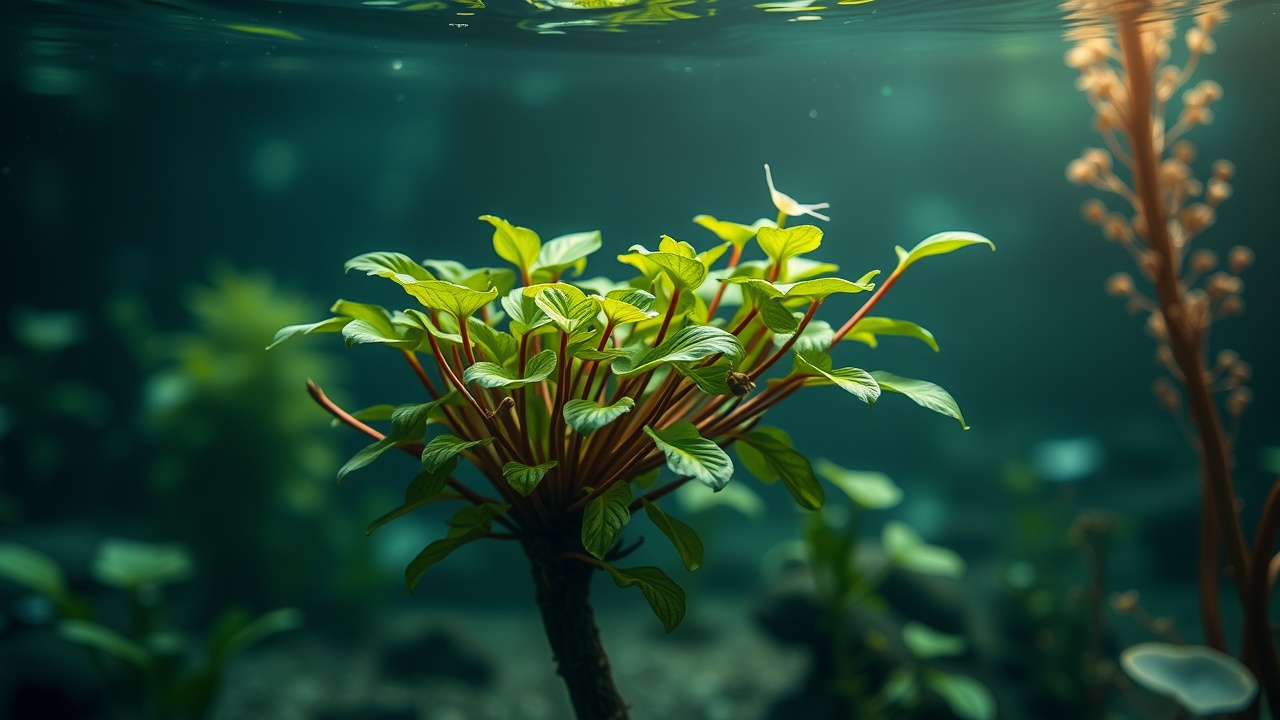

Leave a Reply